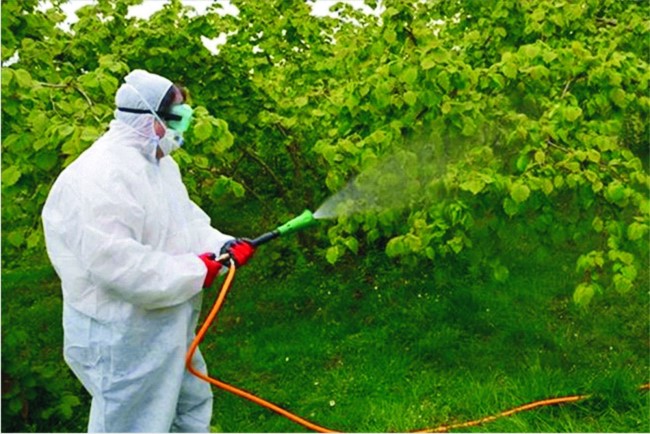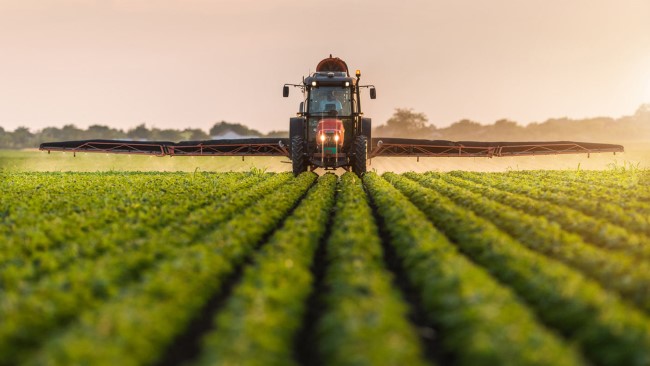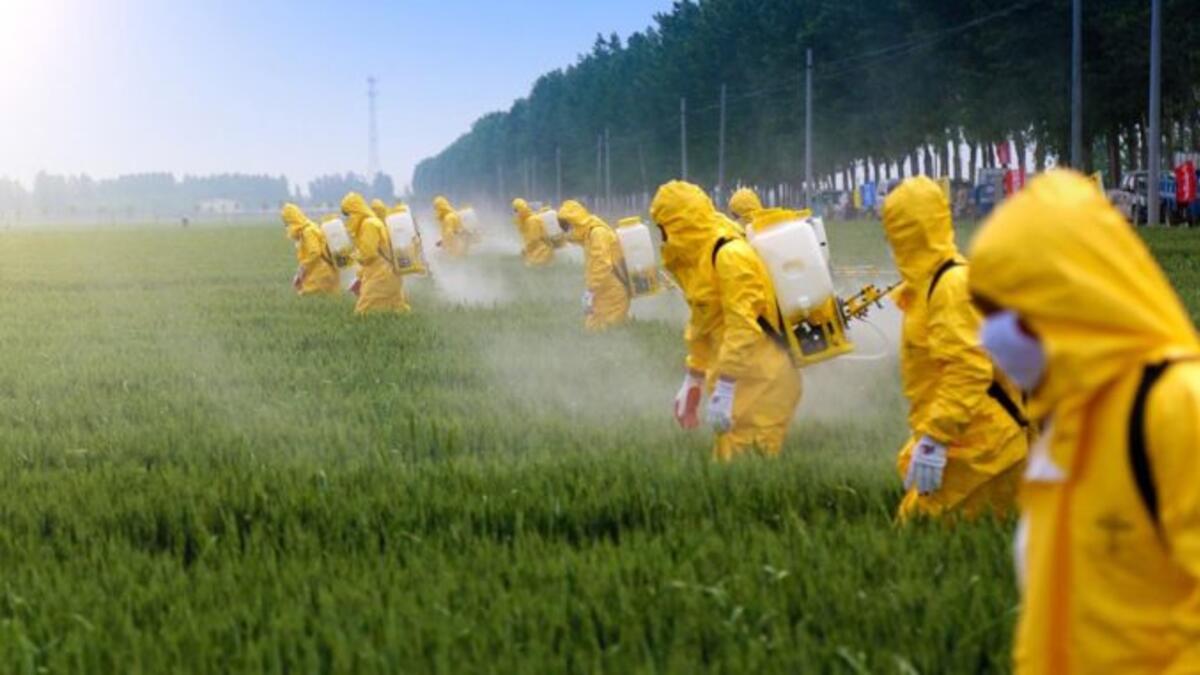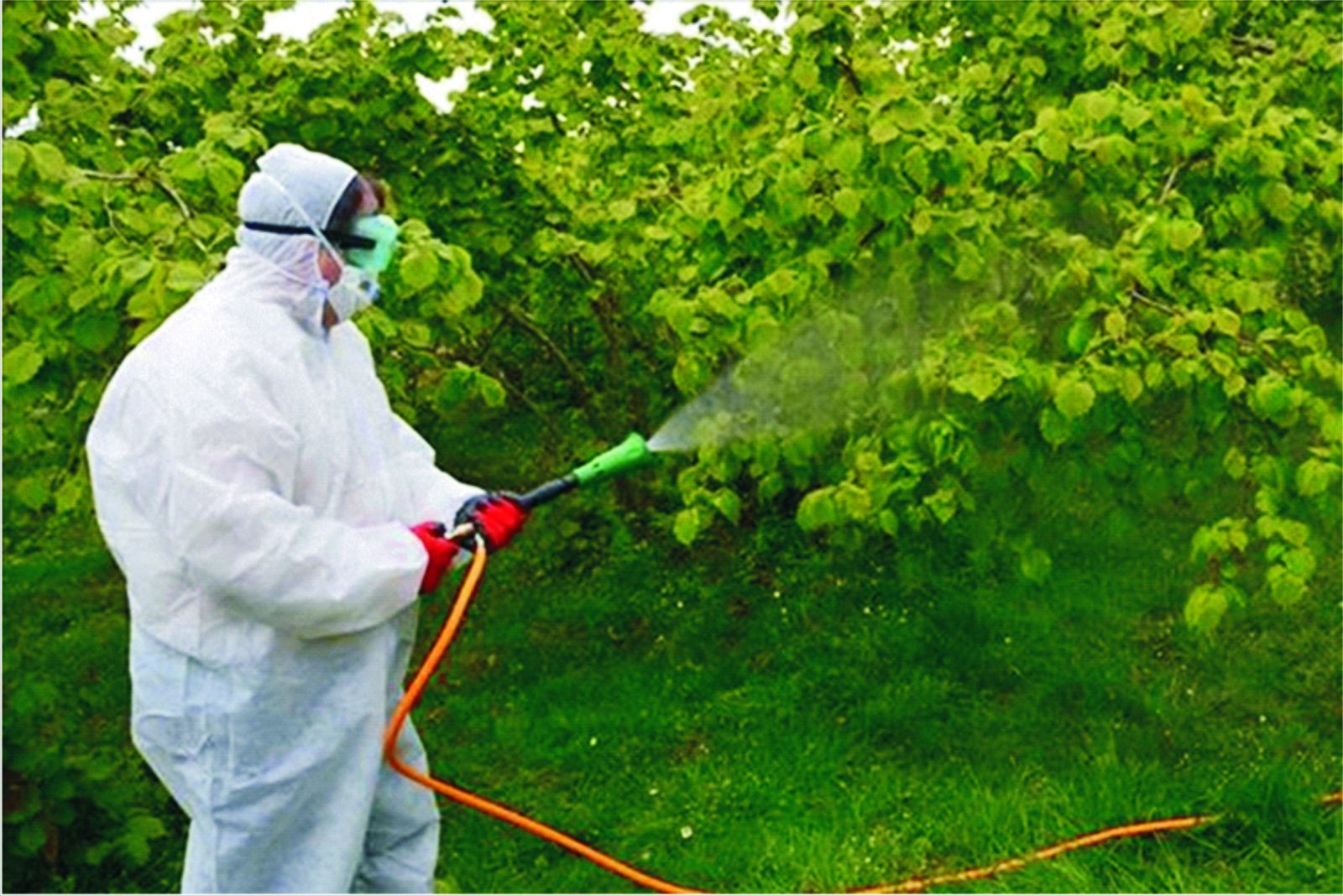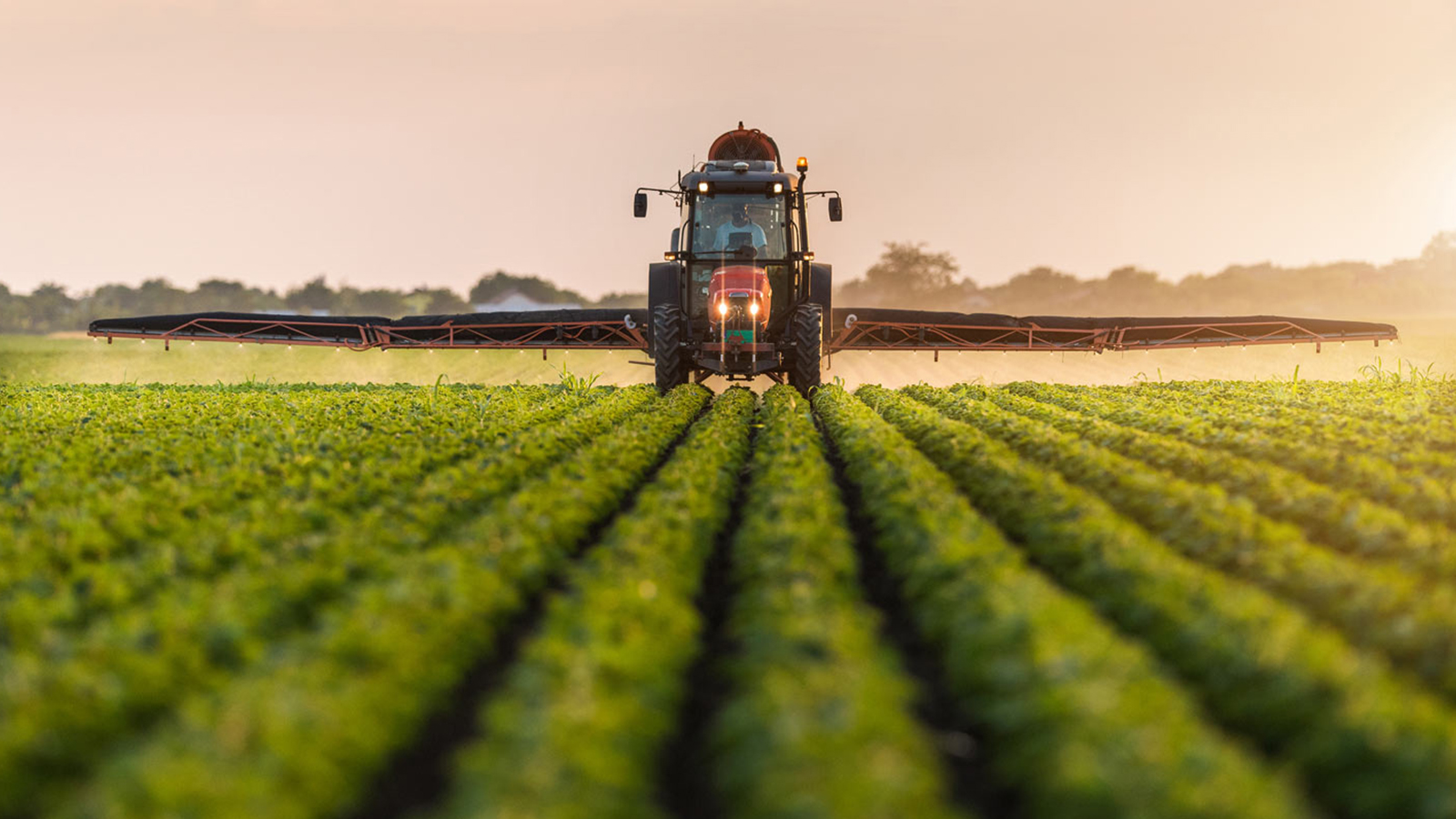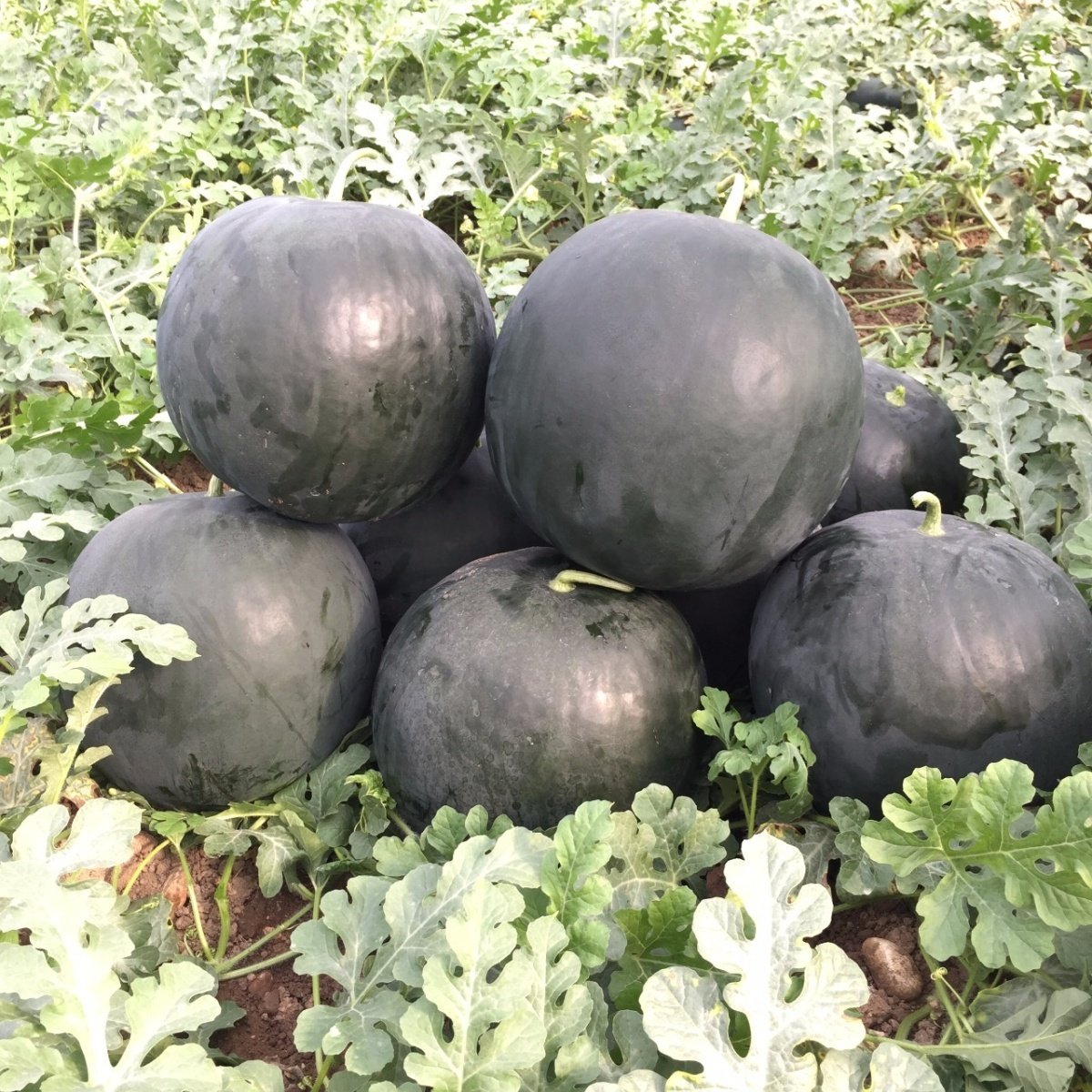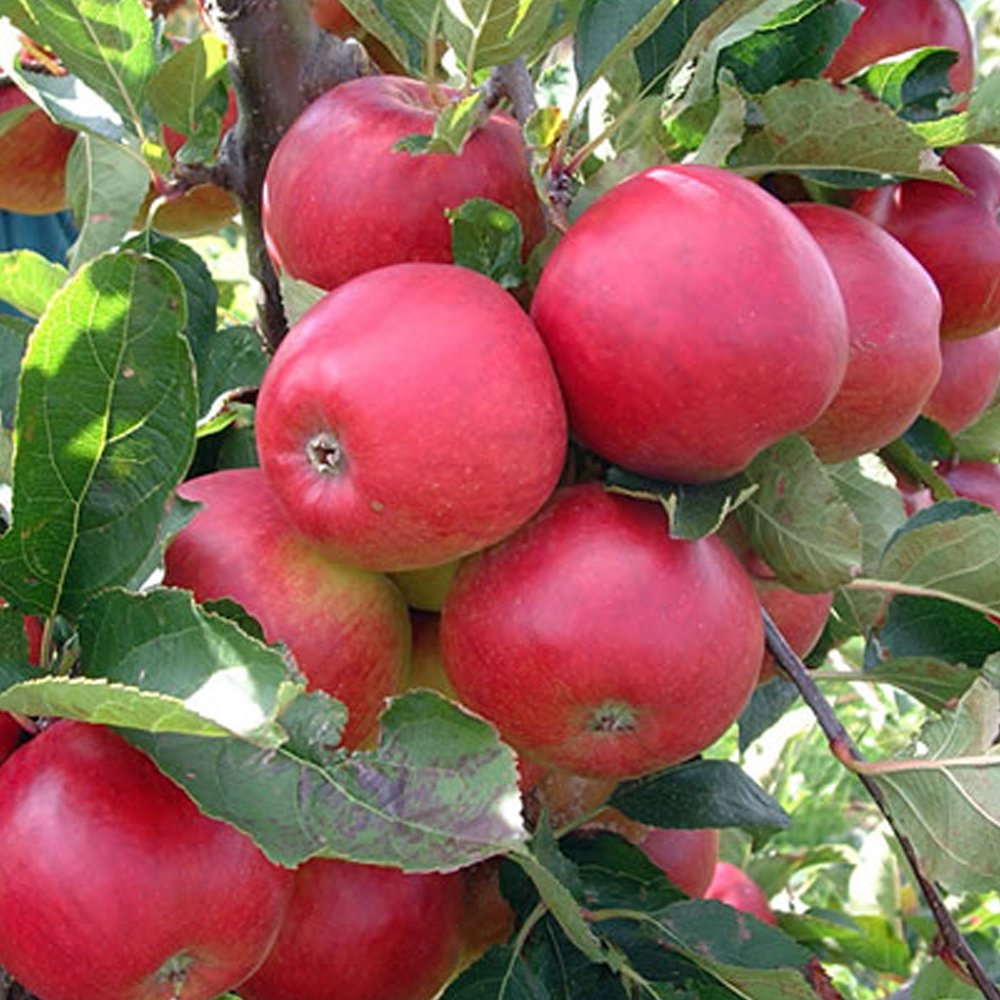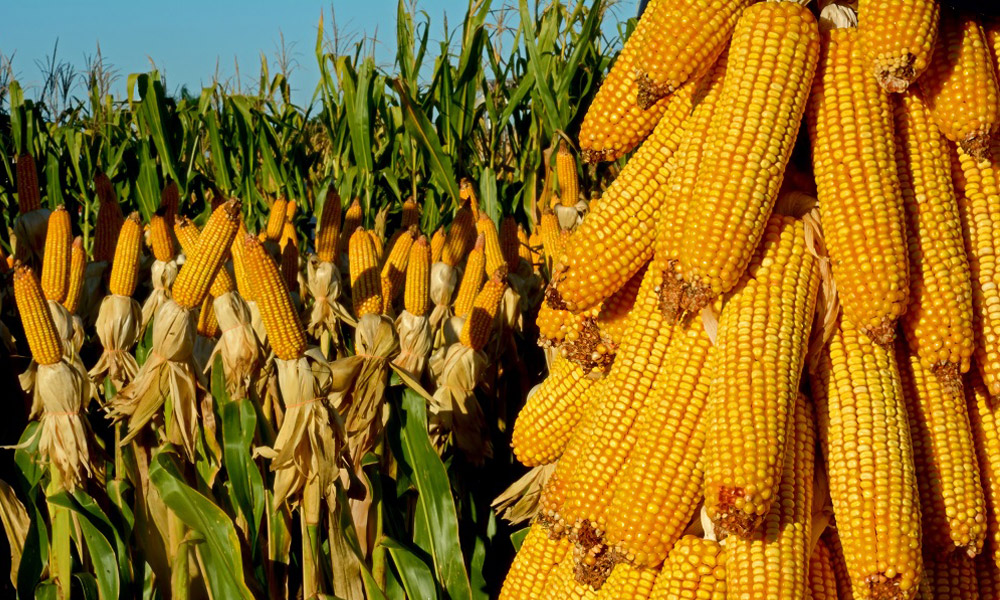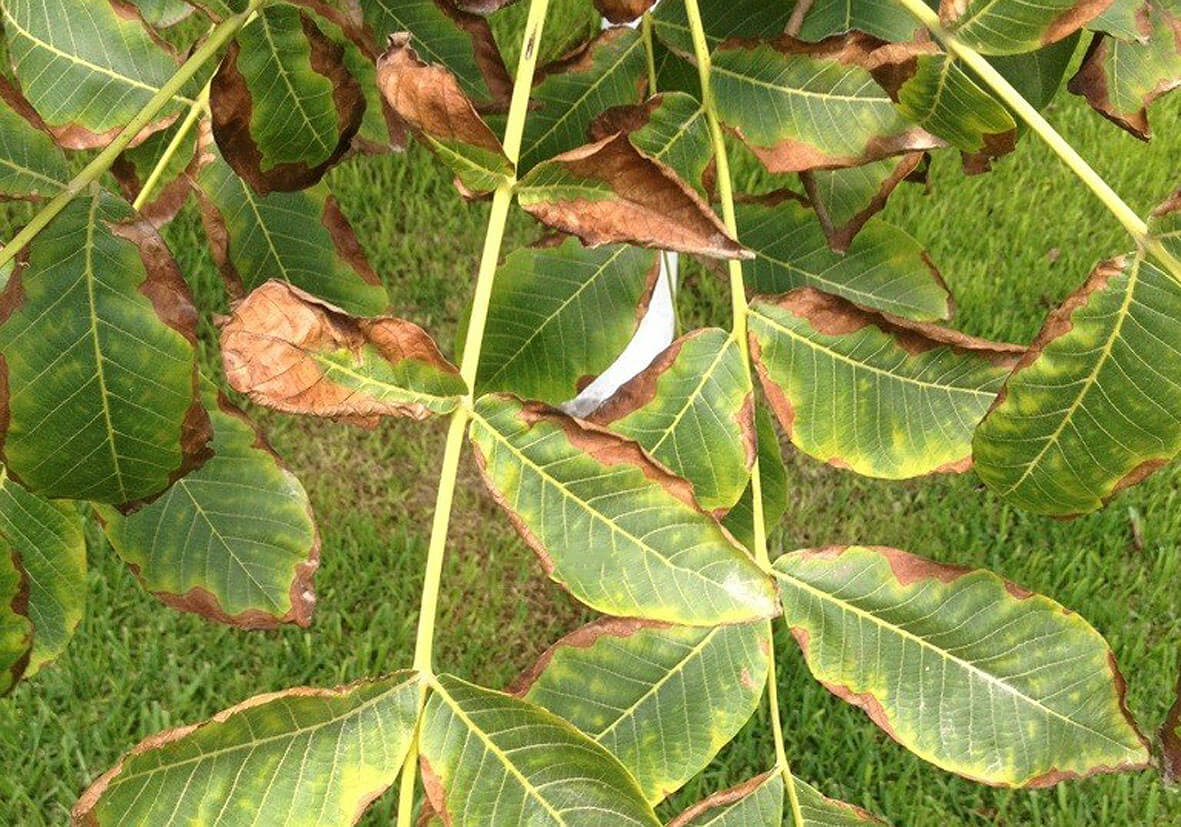
Plant Diseases
Plant disease can be caused by bacteria, fungi, nematic worms and viruses, insects and ticks in larger plants, or inappropriate conditions that are environmentally or non-environmentally related. All kinds of plants can be affected by culture and wild plant diseases.
Some of them are:
Root Cancer
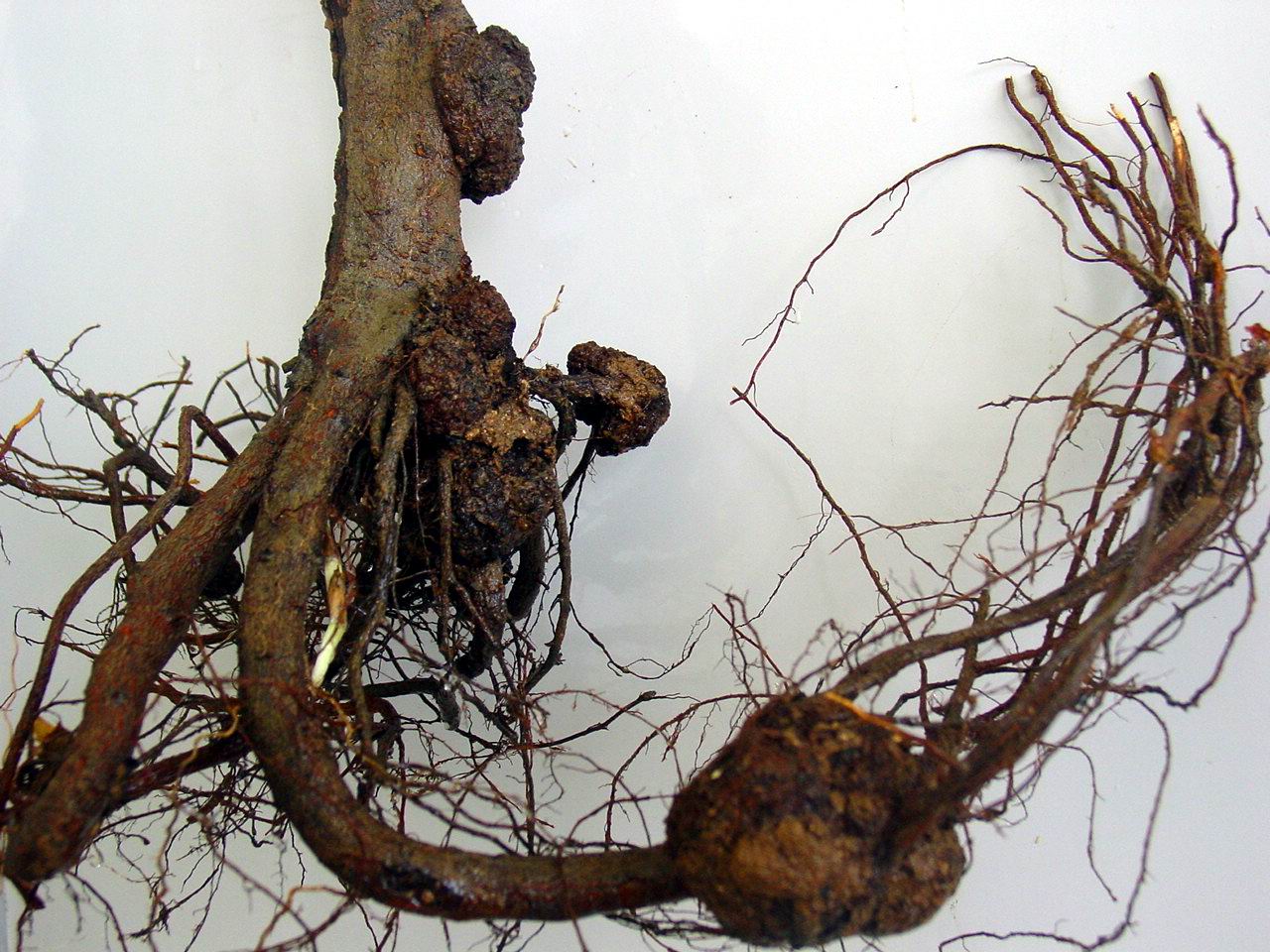
It is a disease seen in the root and root throats of fruit trees. The vine can be seen on the trunk and branches. The bacteria that cause the disease enter the plant from a wound and begin to feed and multiply there. The toxins it extracts cause the cells to grow abnormally. Thus, urs are formed. To prevent the transmission of the disease, it is necessary to destroy the seedlings seen at the roots. Also, care should be taken not to injure the root and root throats of the trees while processing the soil.
Black stain

It is the most important disease of apple and pear trees. The disease occurs on the flower, leaf, fruit and young branches of pear and apple trees. When it infects the flowers, it causes the flowers to fall out. The stains on the leaves prevent the leaves from developing and photosynthesizing. Therefore, fruit eye formation decreases and a significant decrease occurs in crop yield in the following year. When they are young, the sites that get sick fall out. Stained fruits cannot thrive, their shape and quality deteriorate. The most effective way to prevent this disease in apple and pear trees is to apply on time.
Monilya
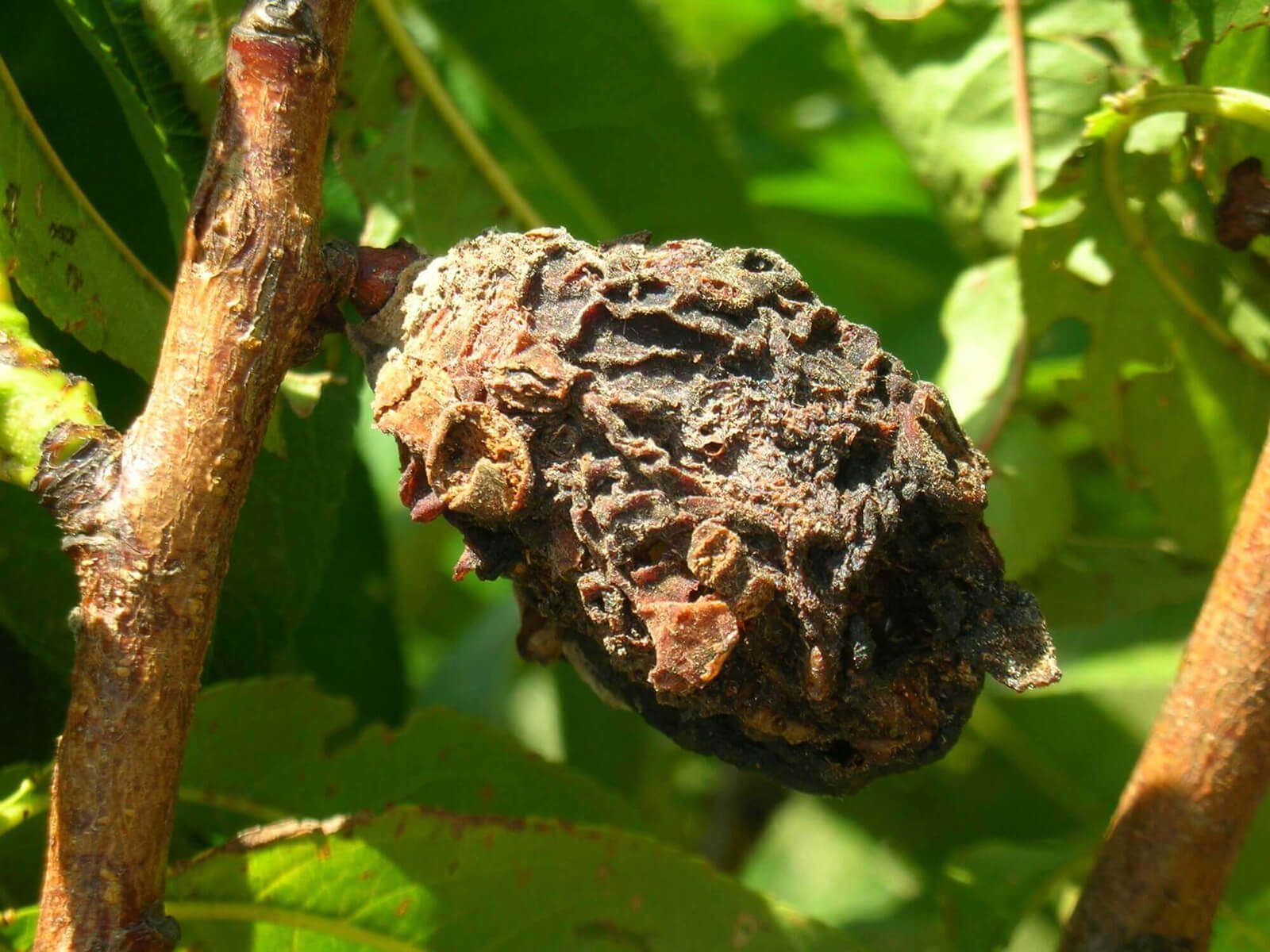
It is one of the important diseases of soft and stone fruits. Generally, it causes damage to the flowers, fruits, leaves and shoots of all hard and soft fruit trees. First, a brown rot occurs on the fruits that catch the disease, and then whitish sports masses appear in circles. Diseased fruits fall before harvest or dry up on the tree and remain mummified. In order to prevent monilya disease, it is necessary to collect all the diseased shoots and fruits in the trees, destroy them, and also apply.
